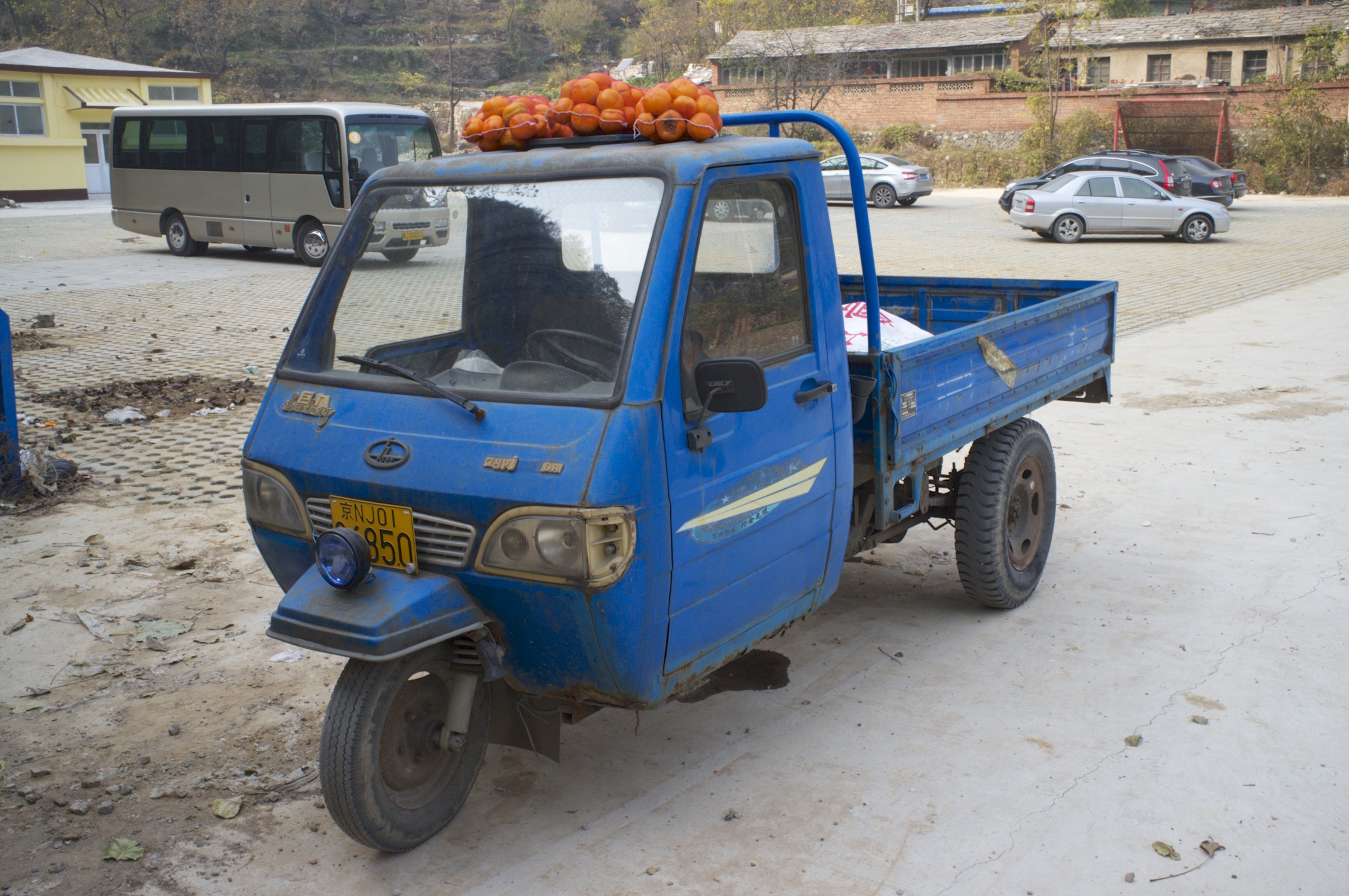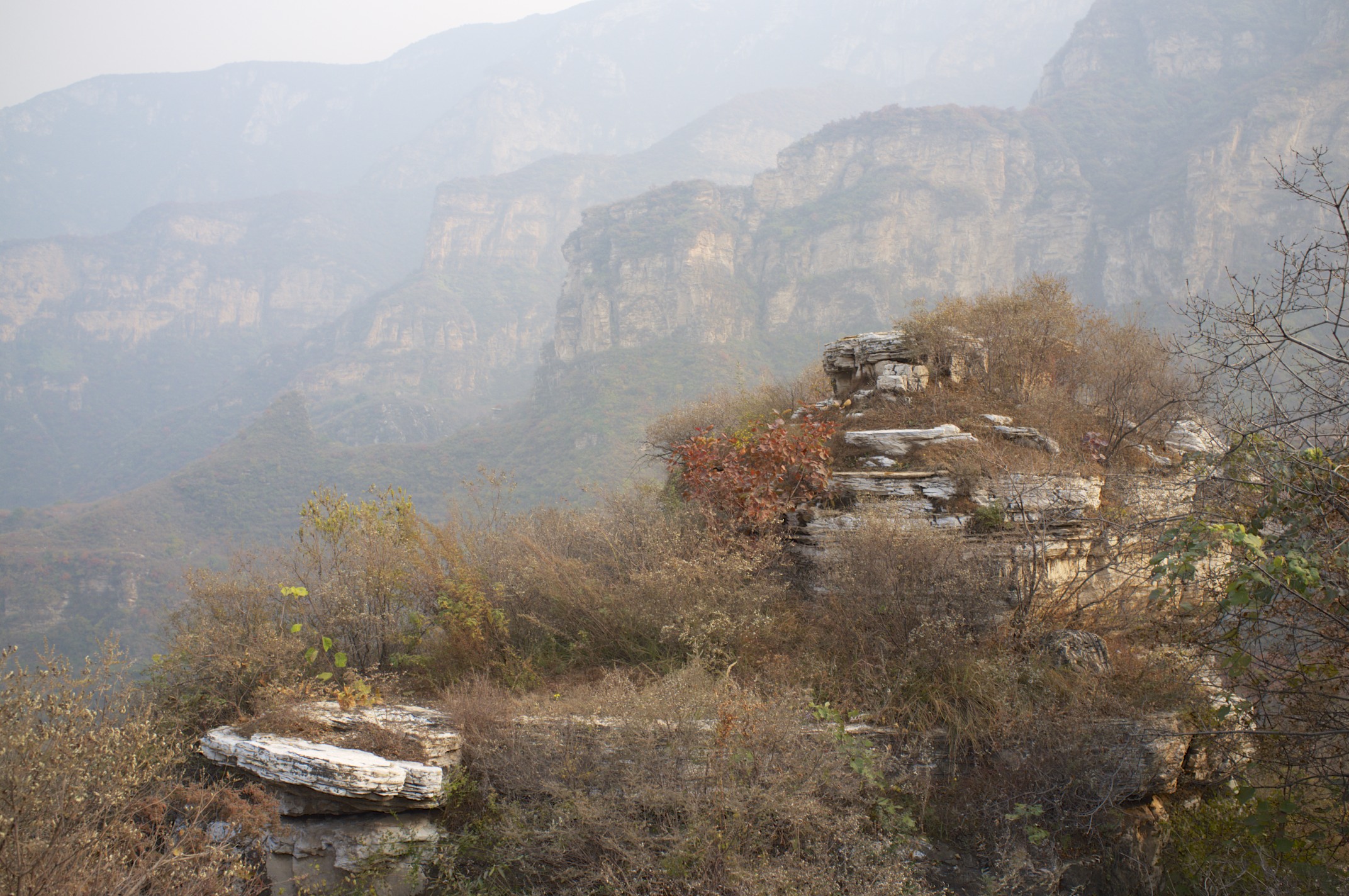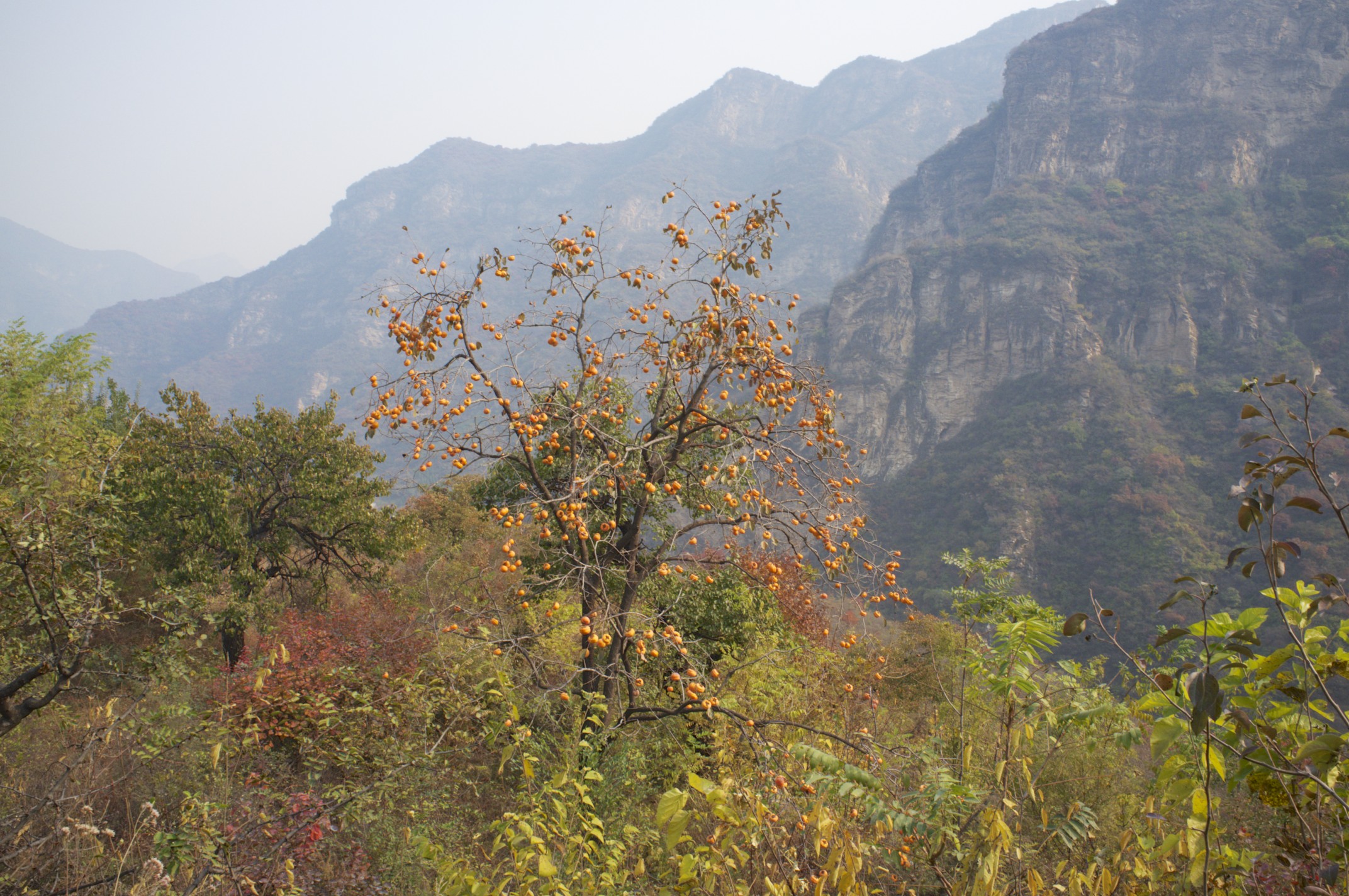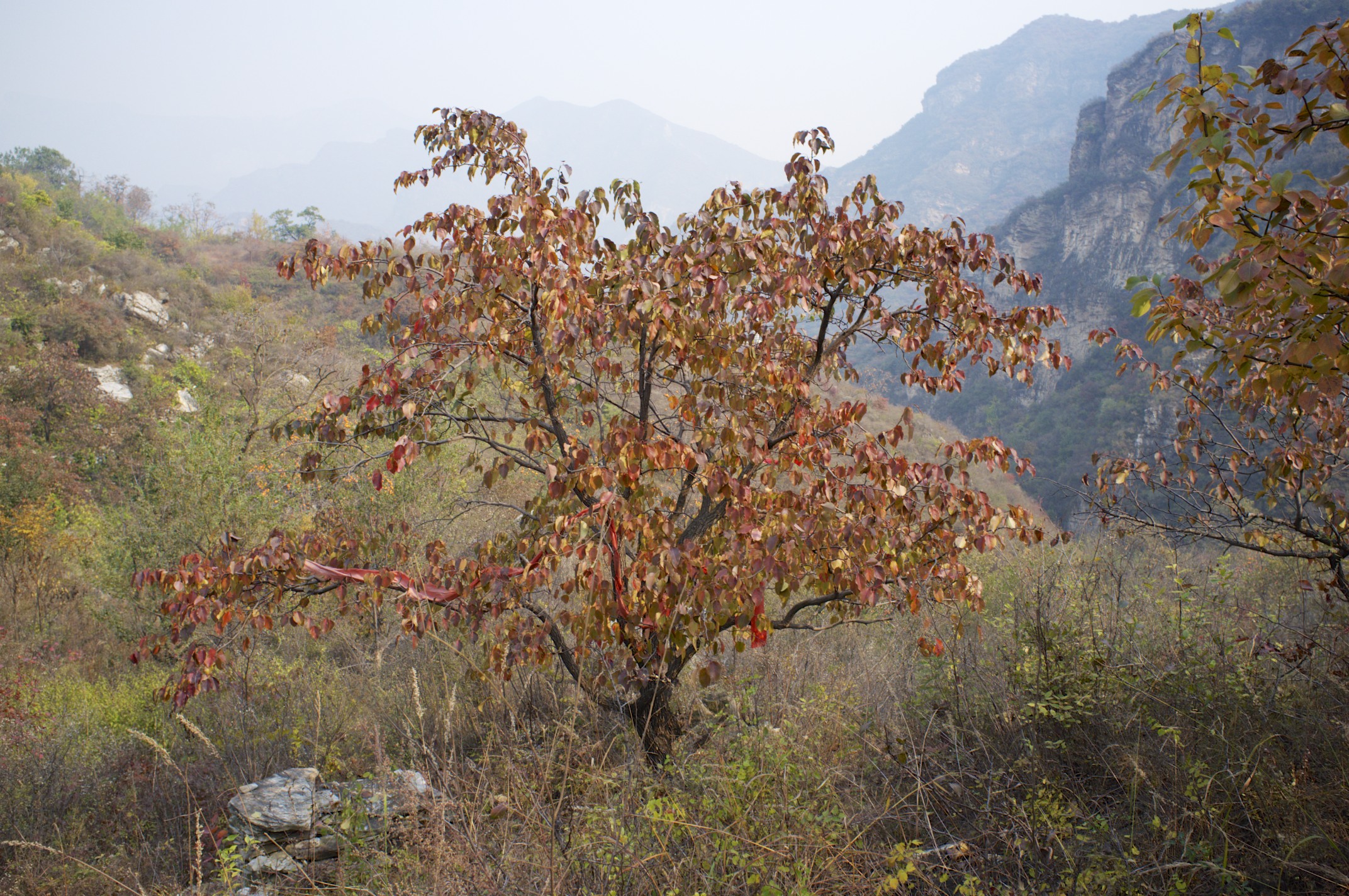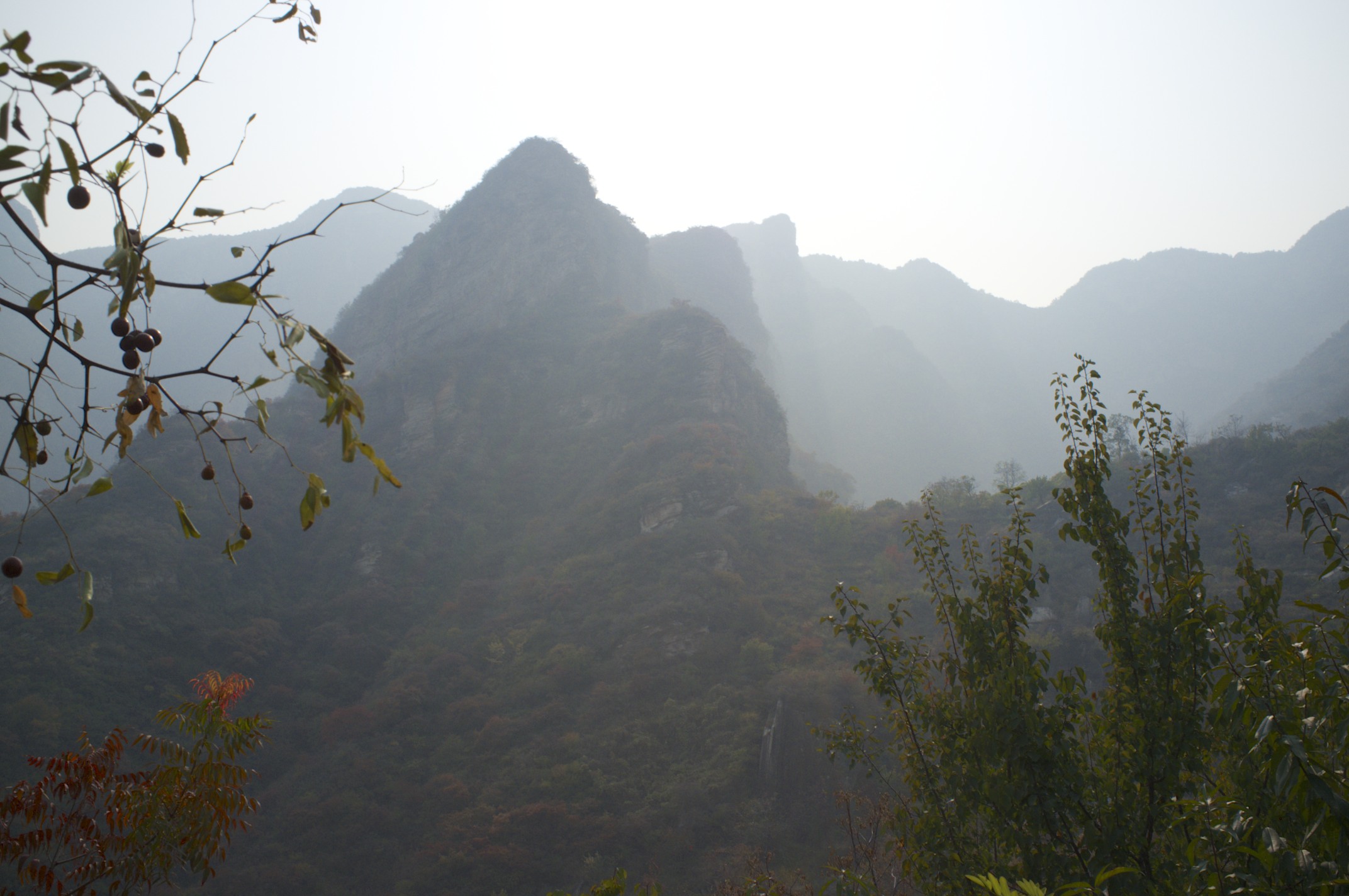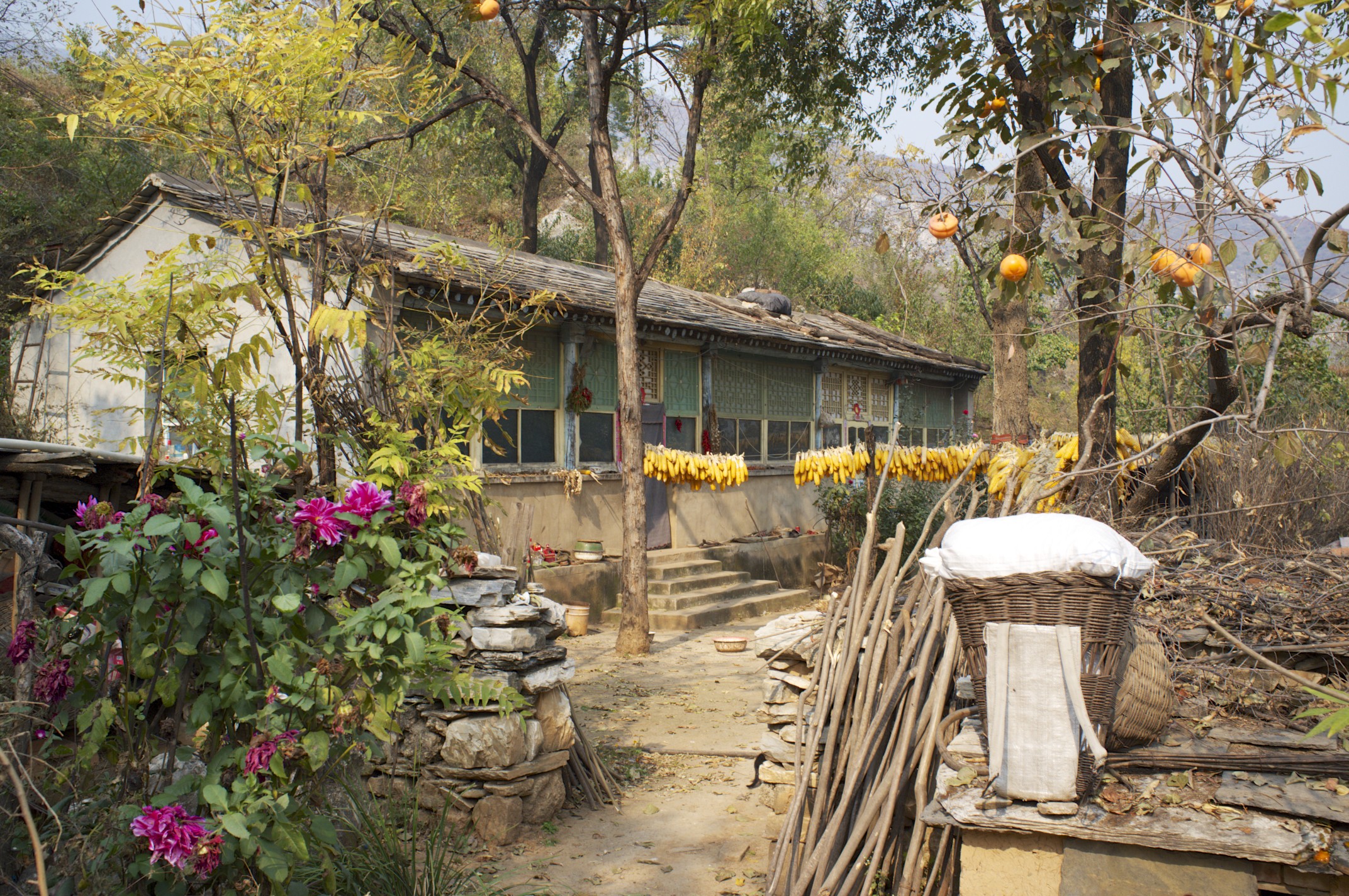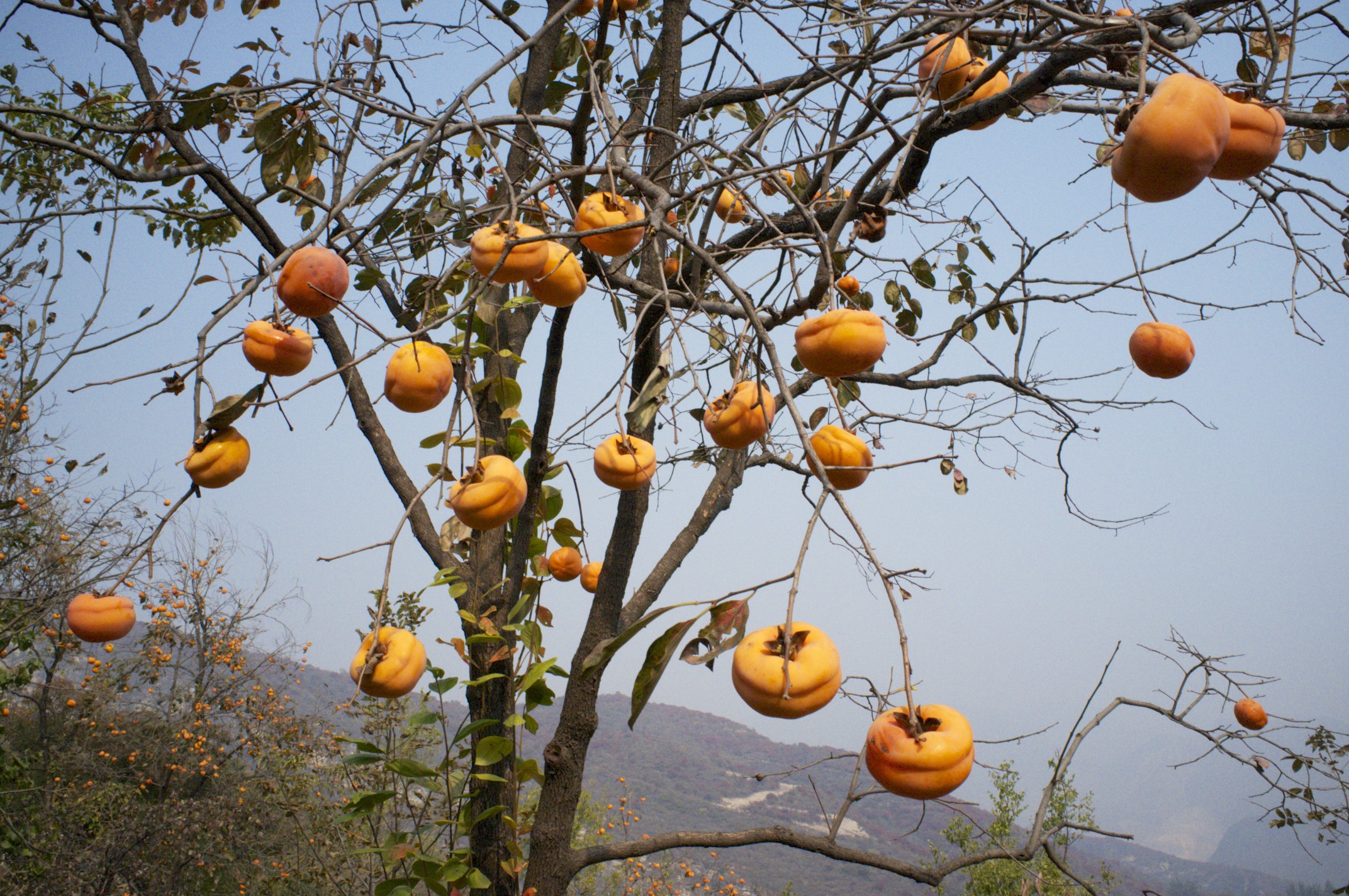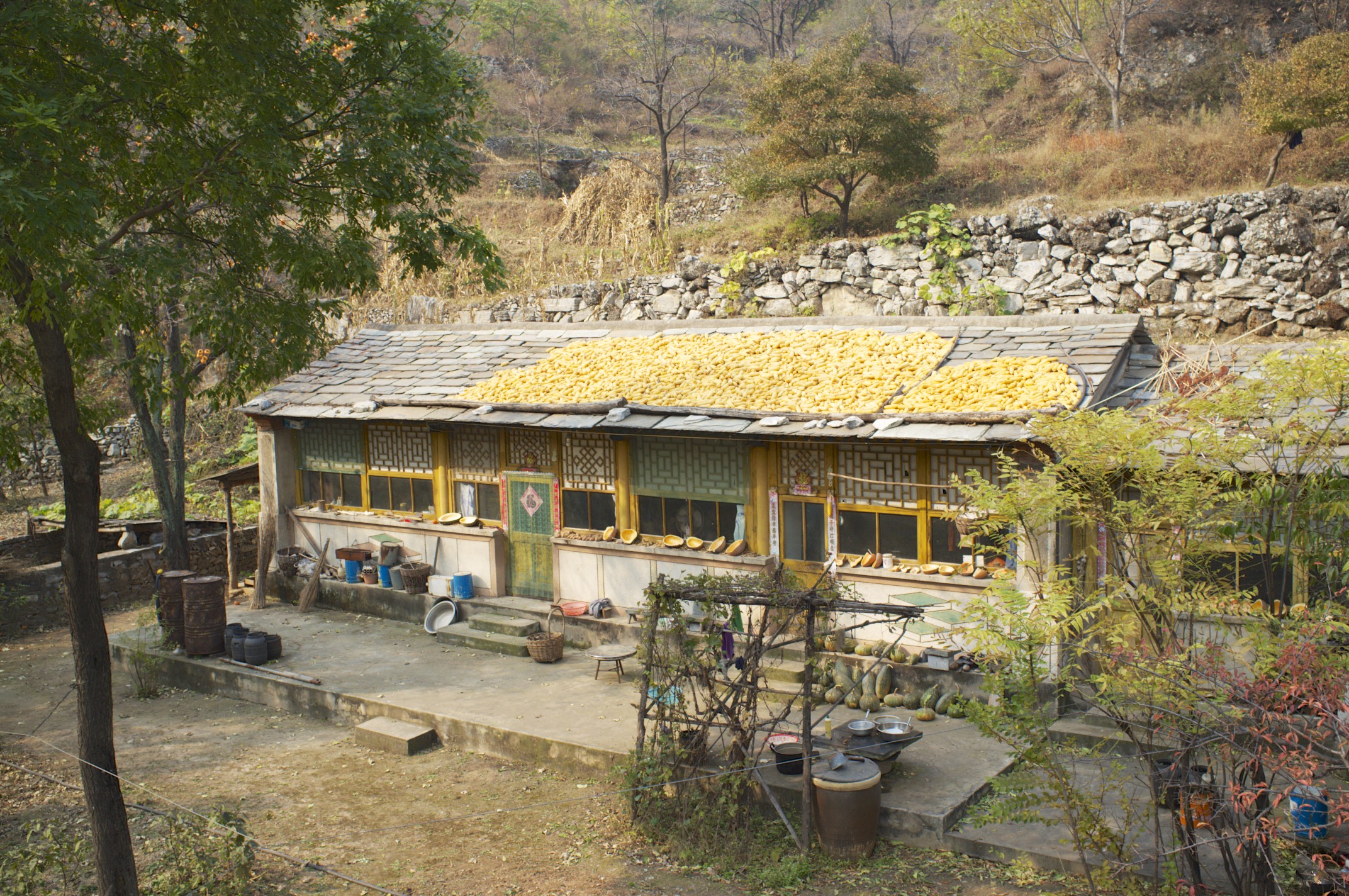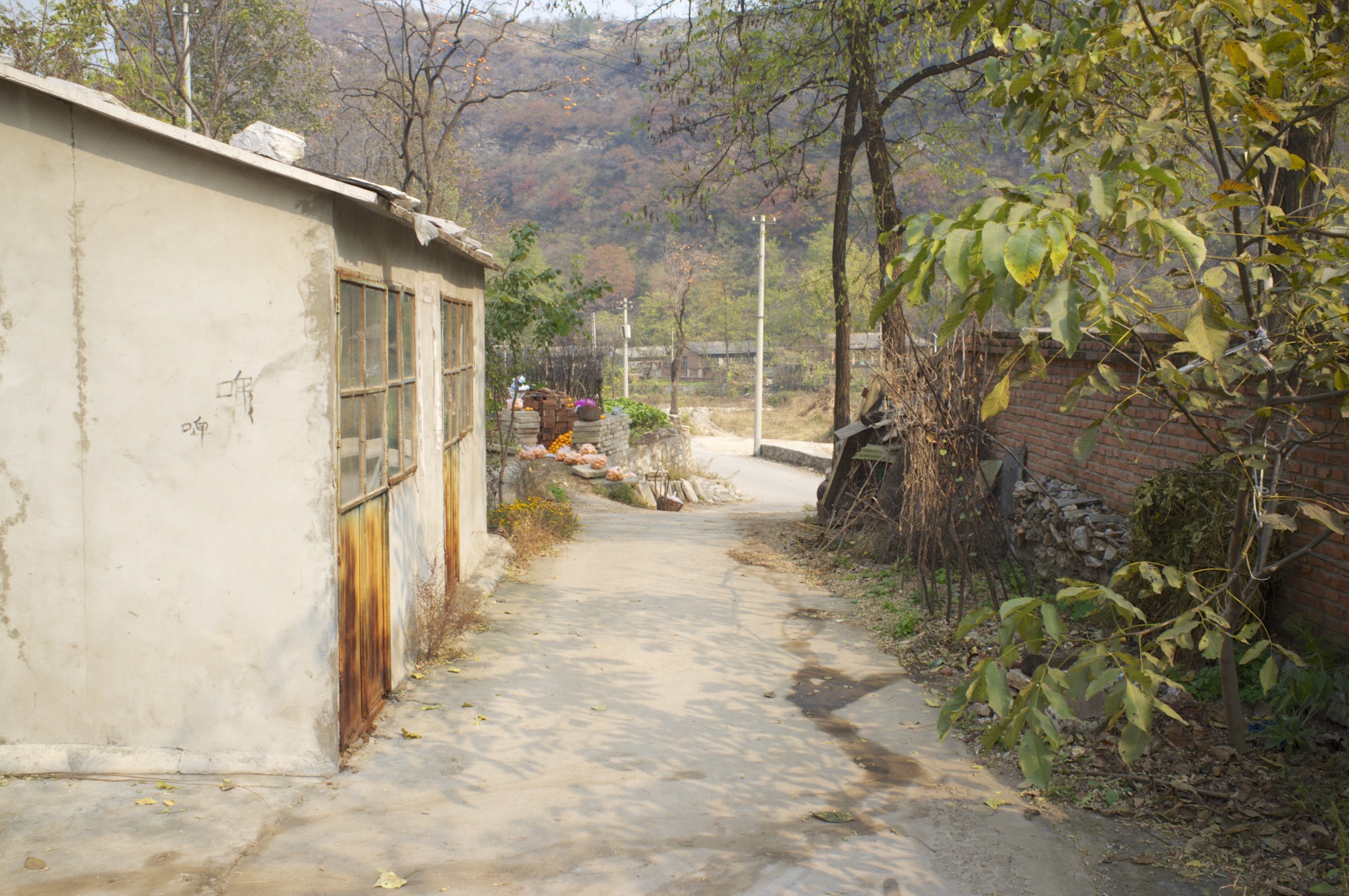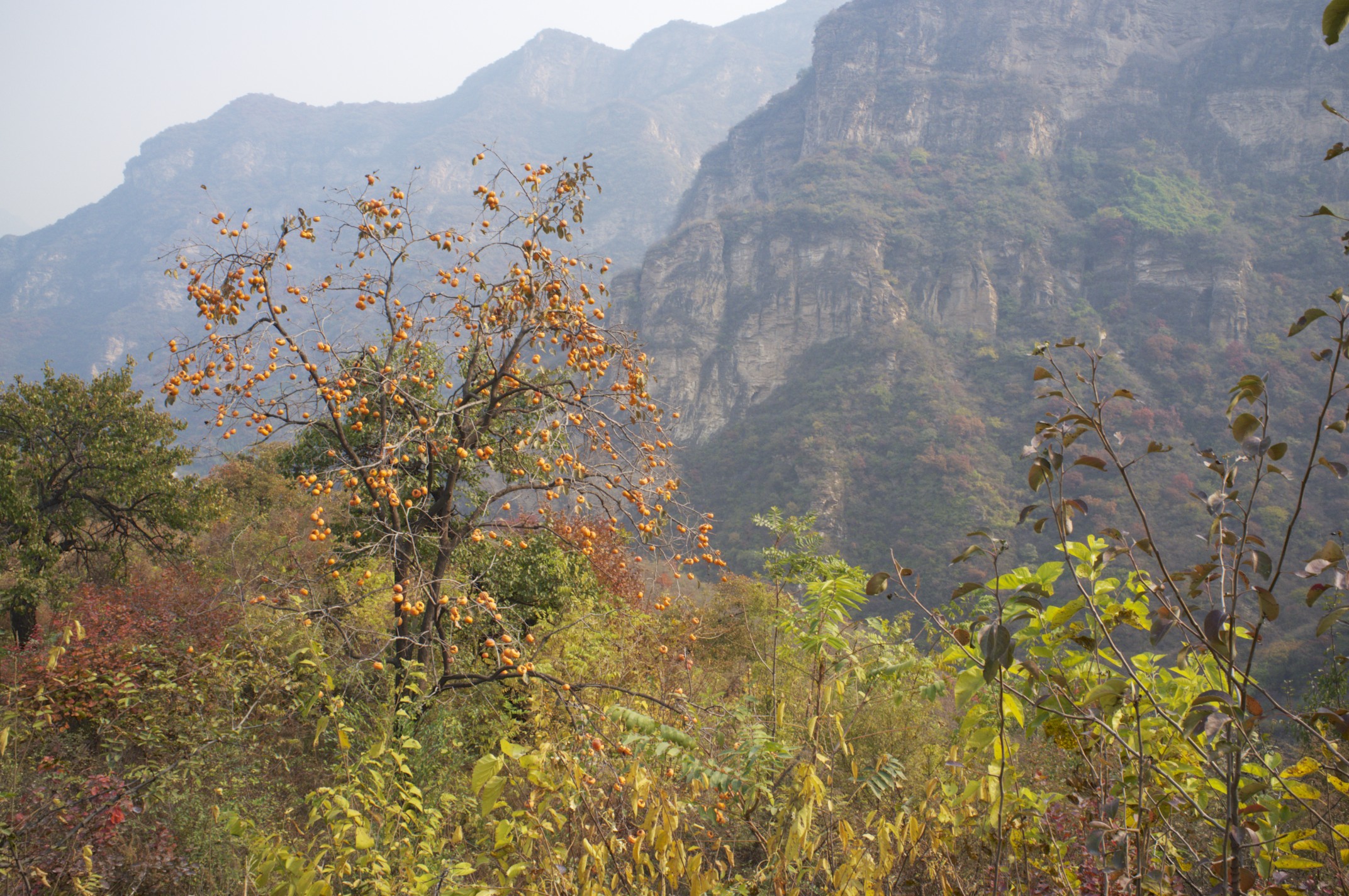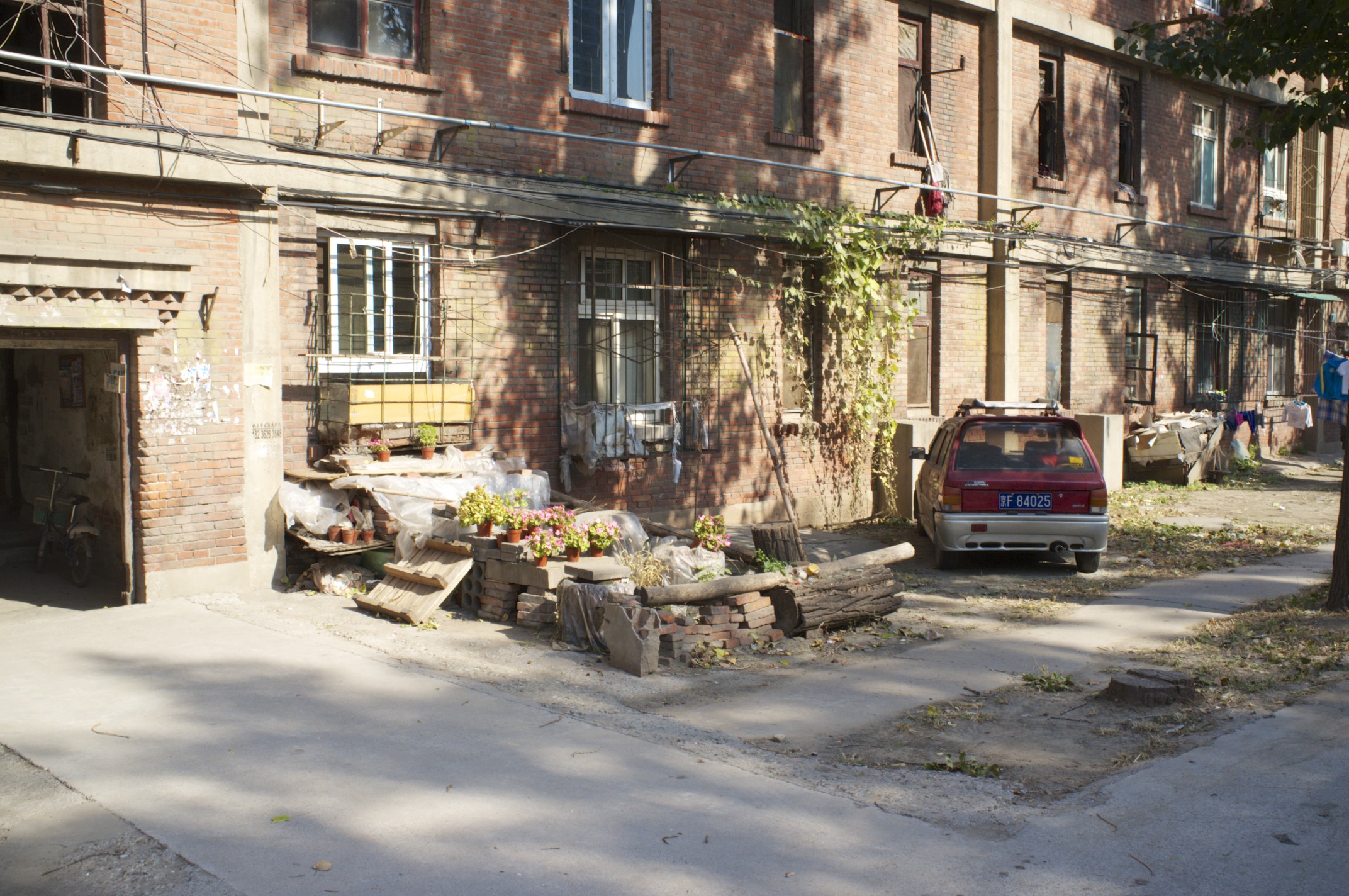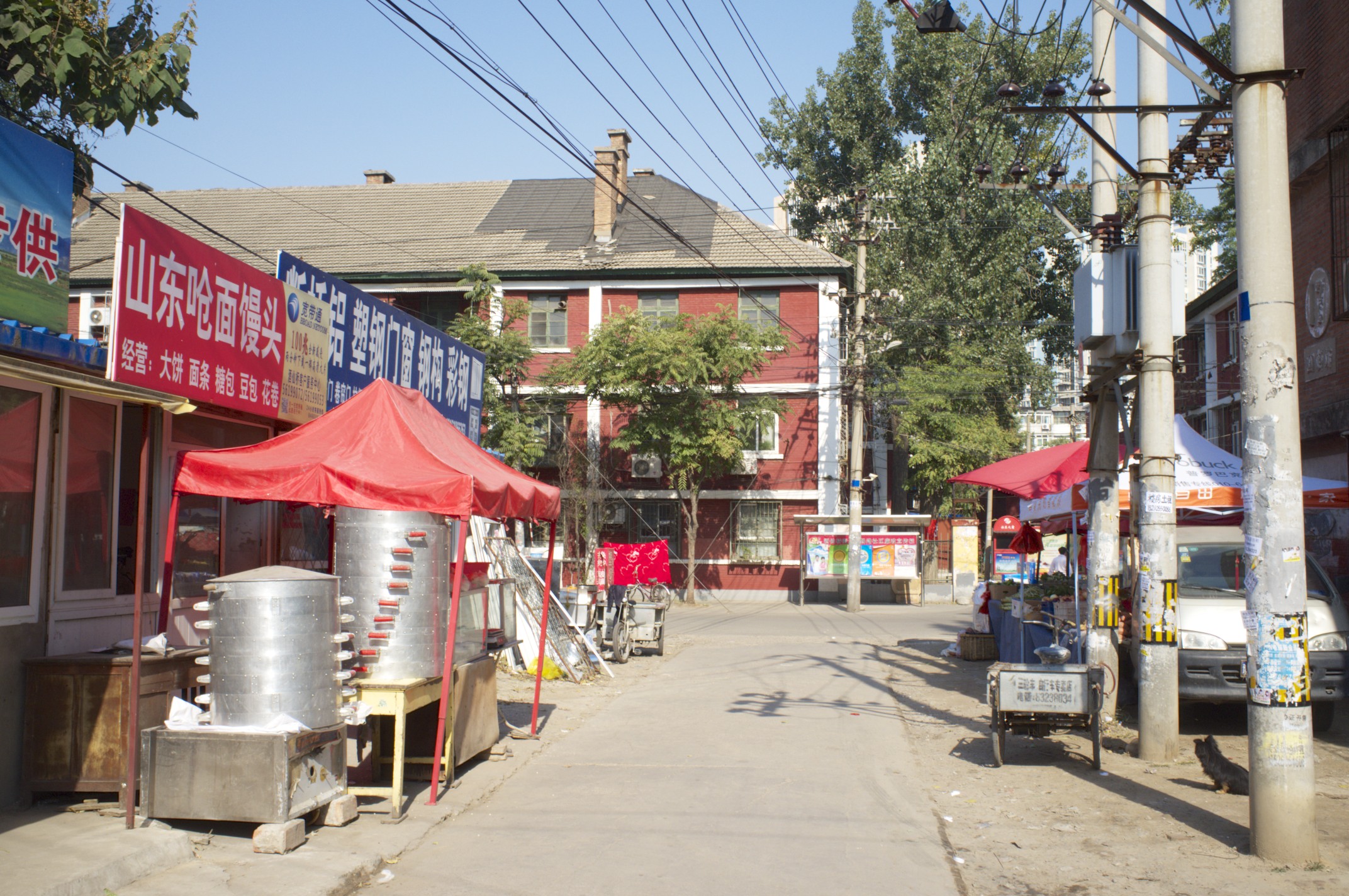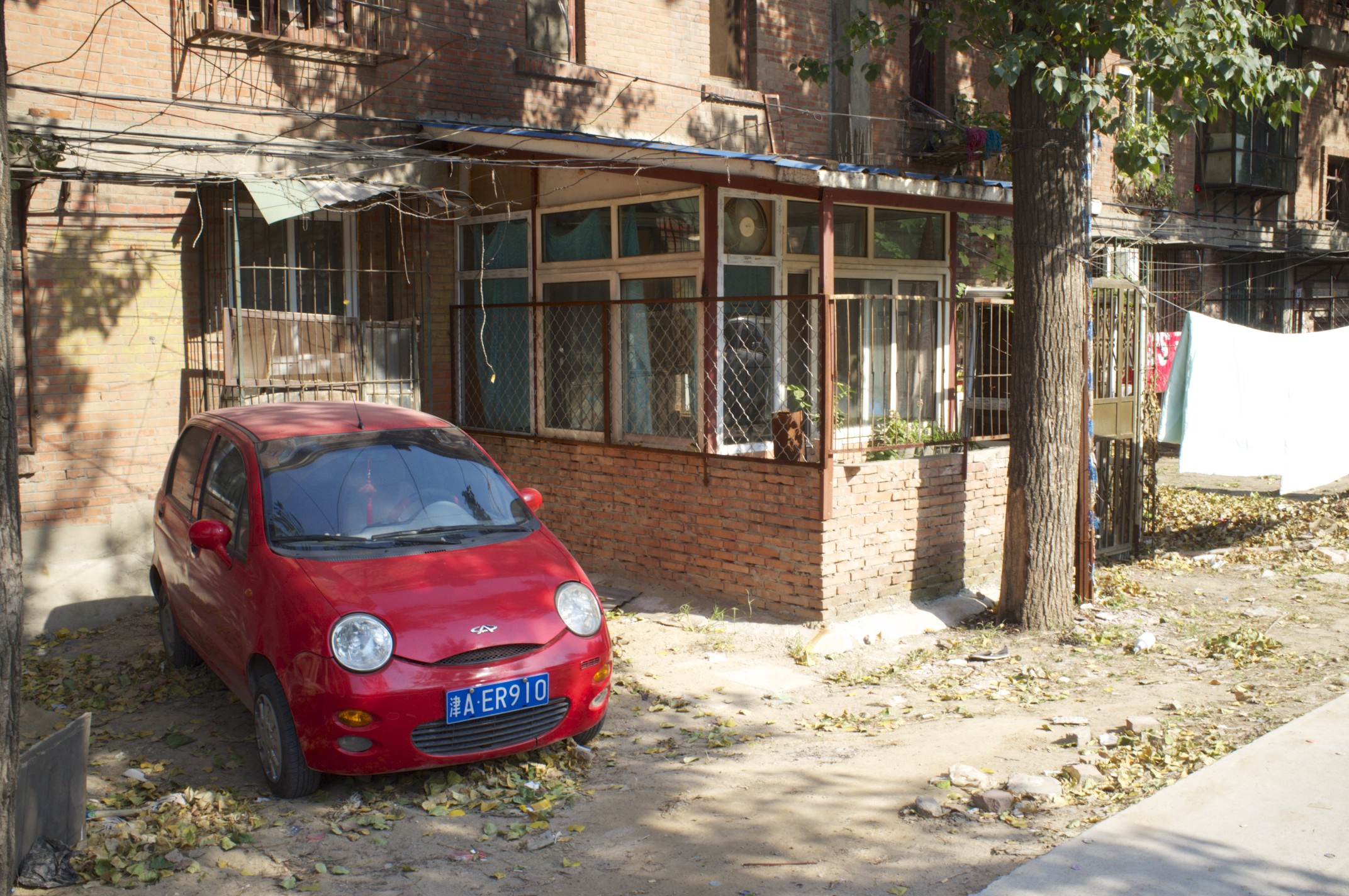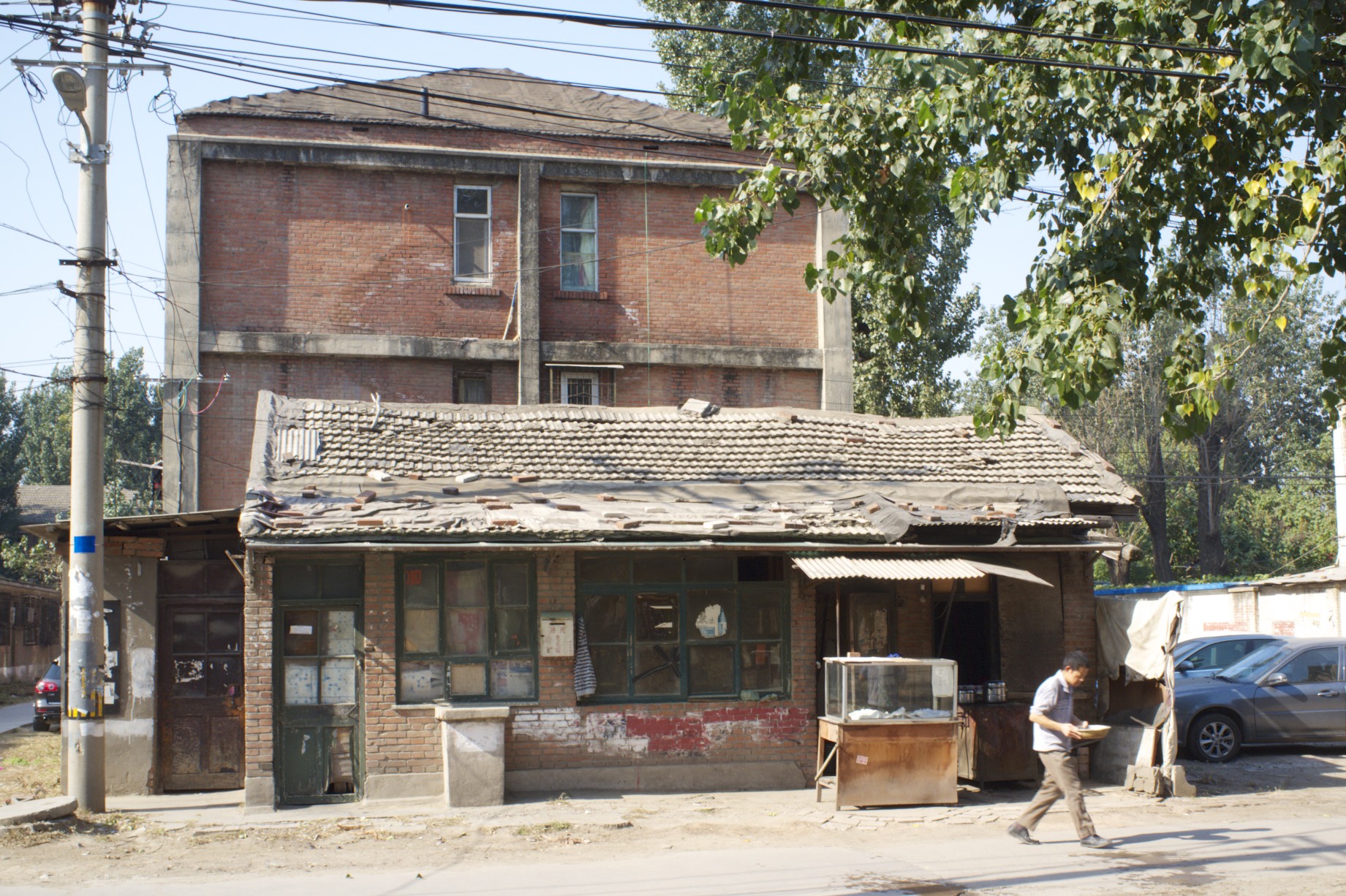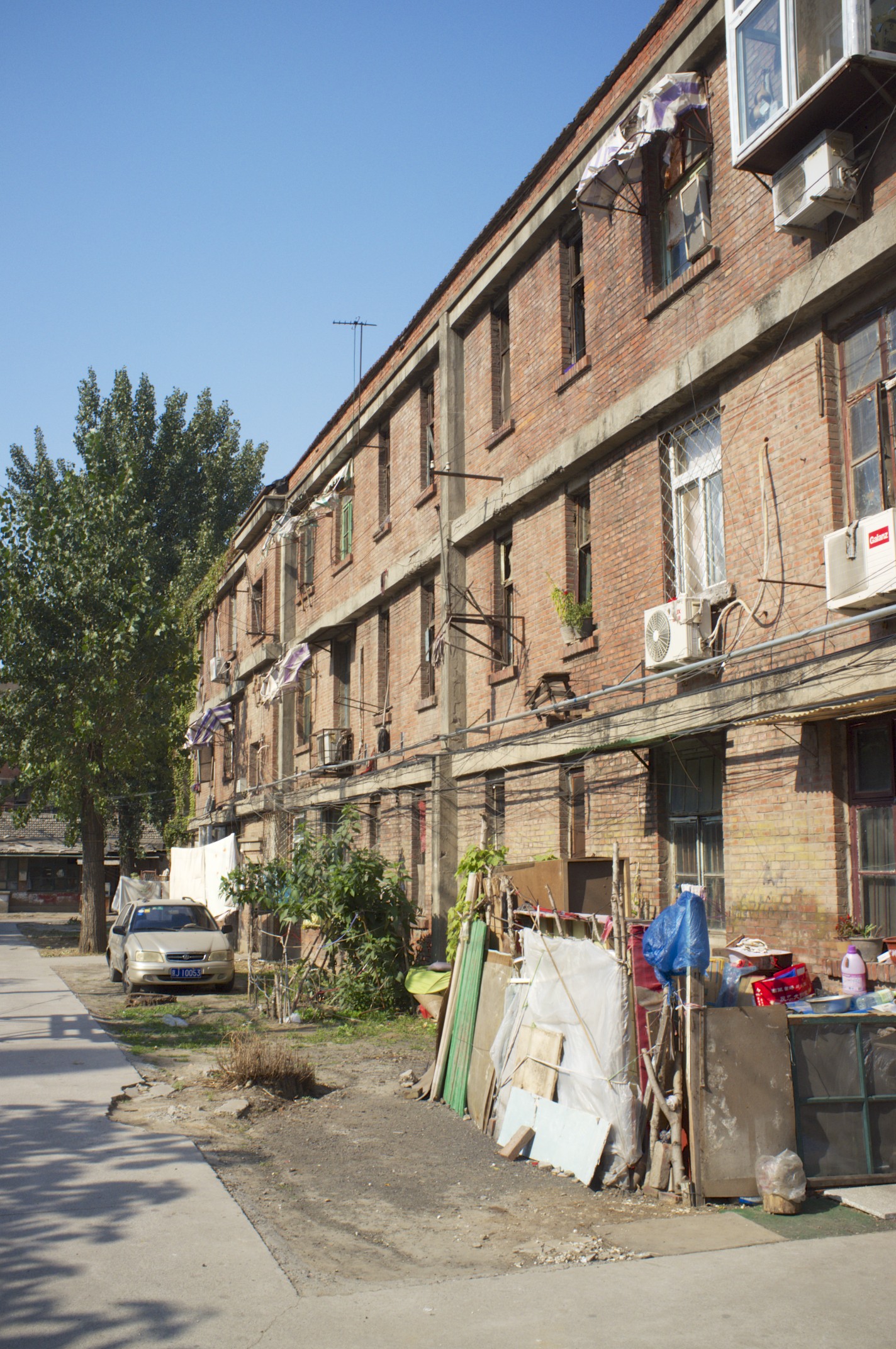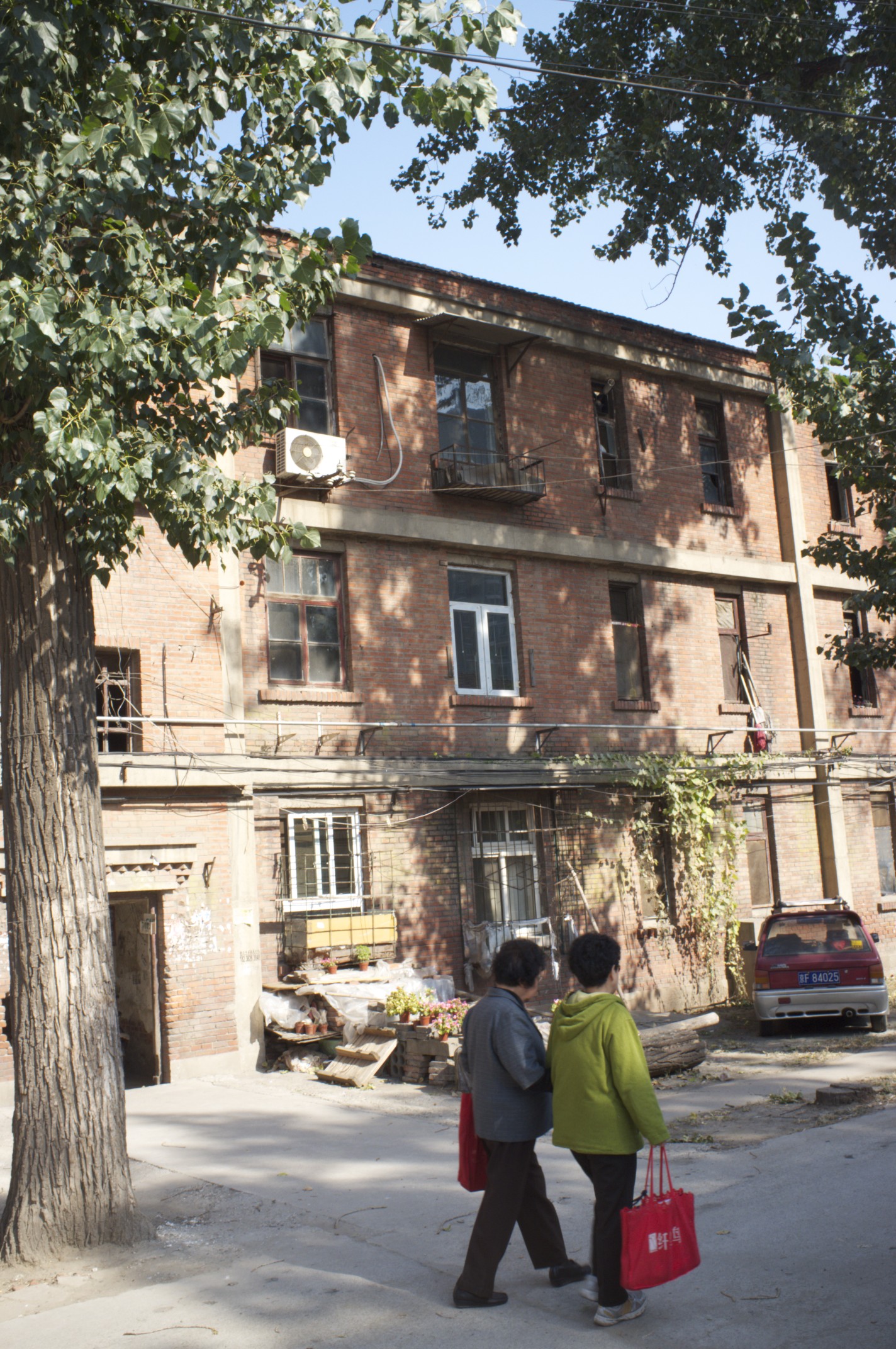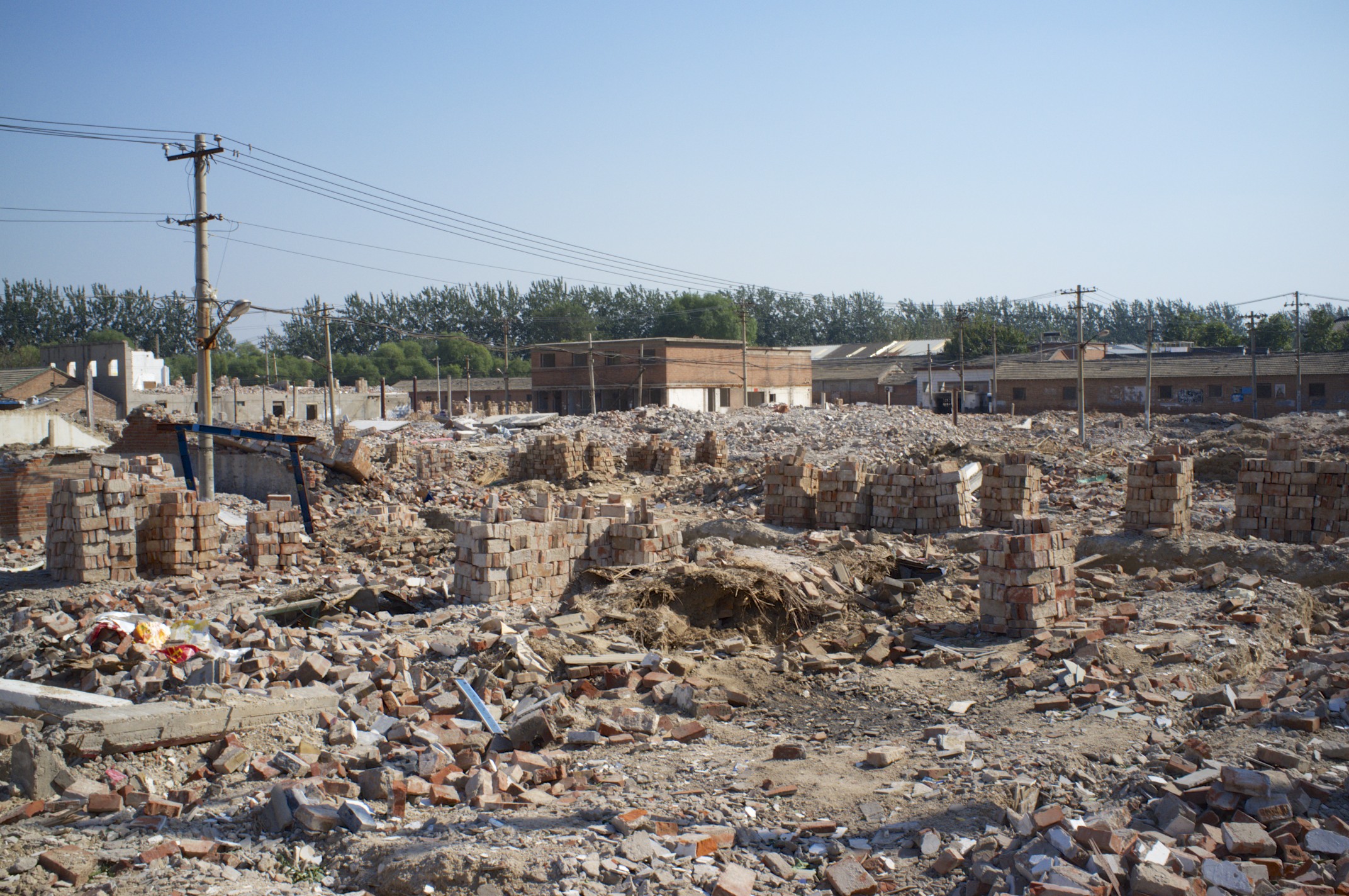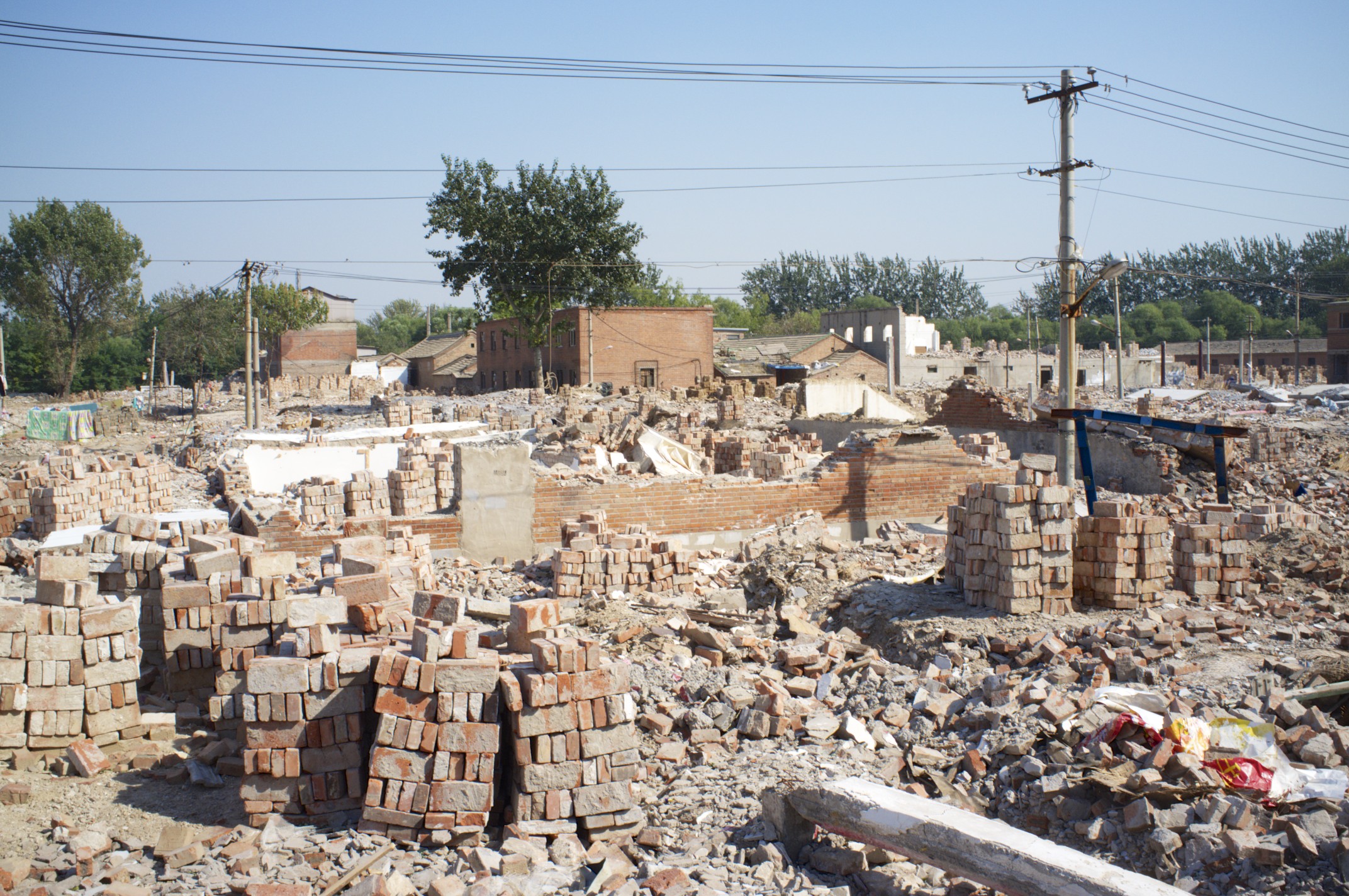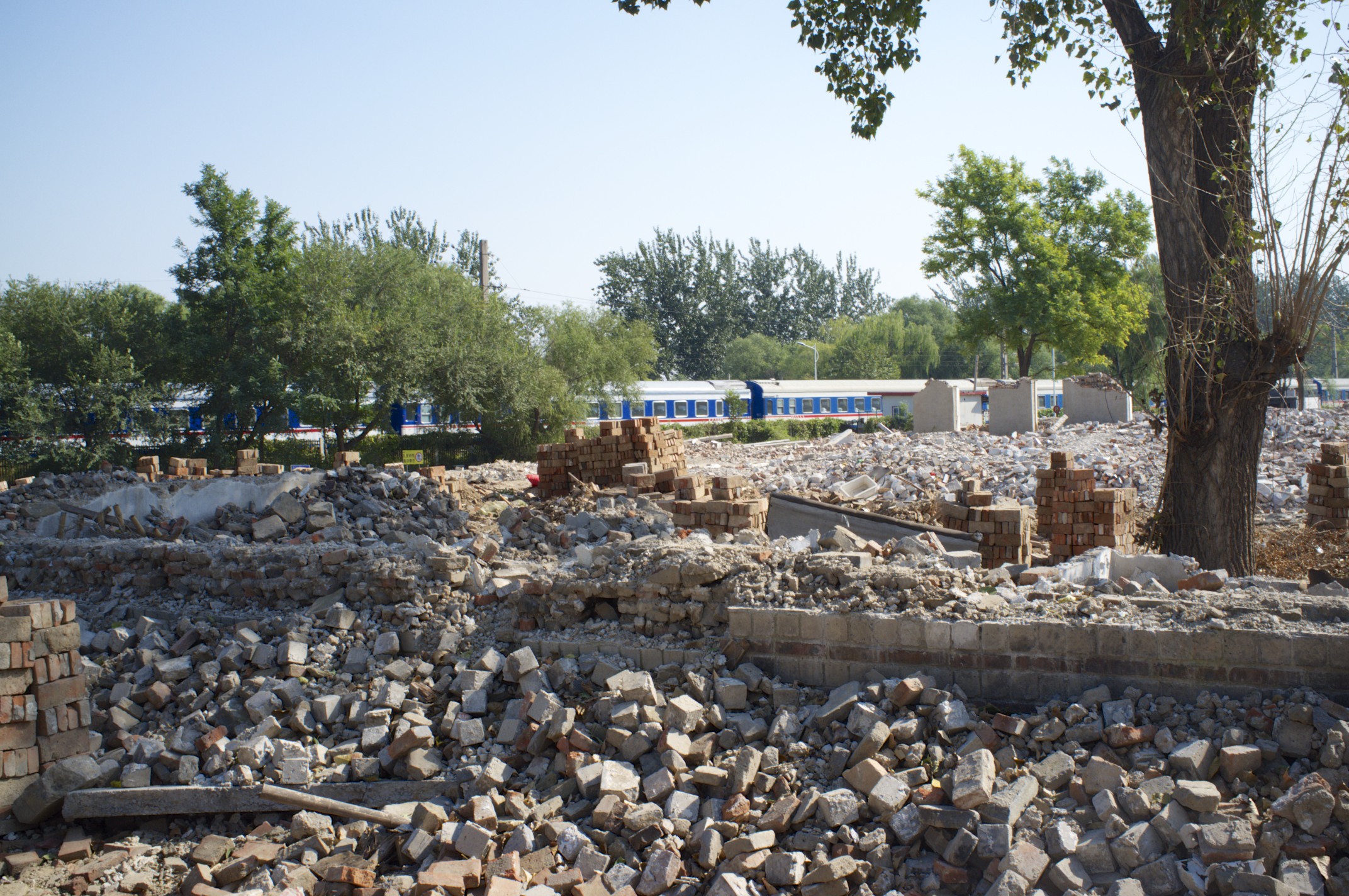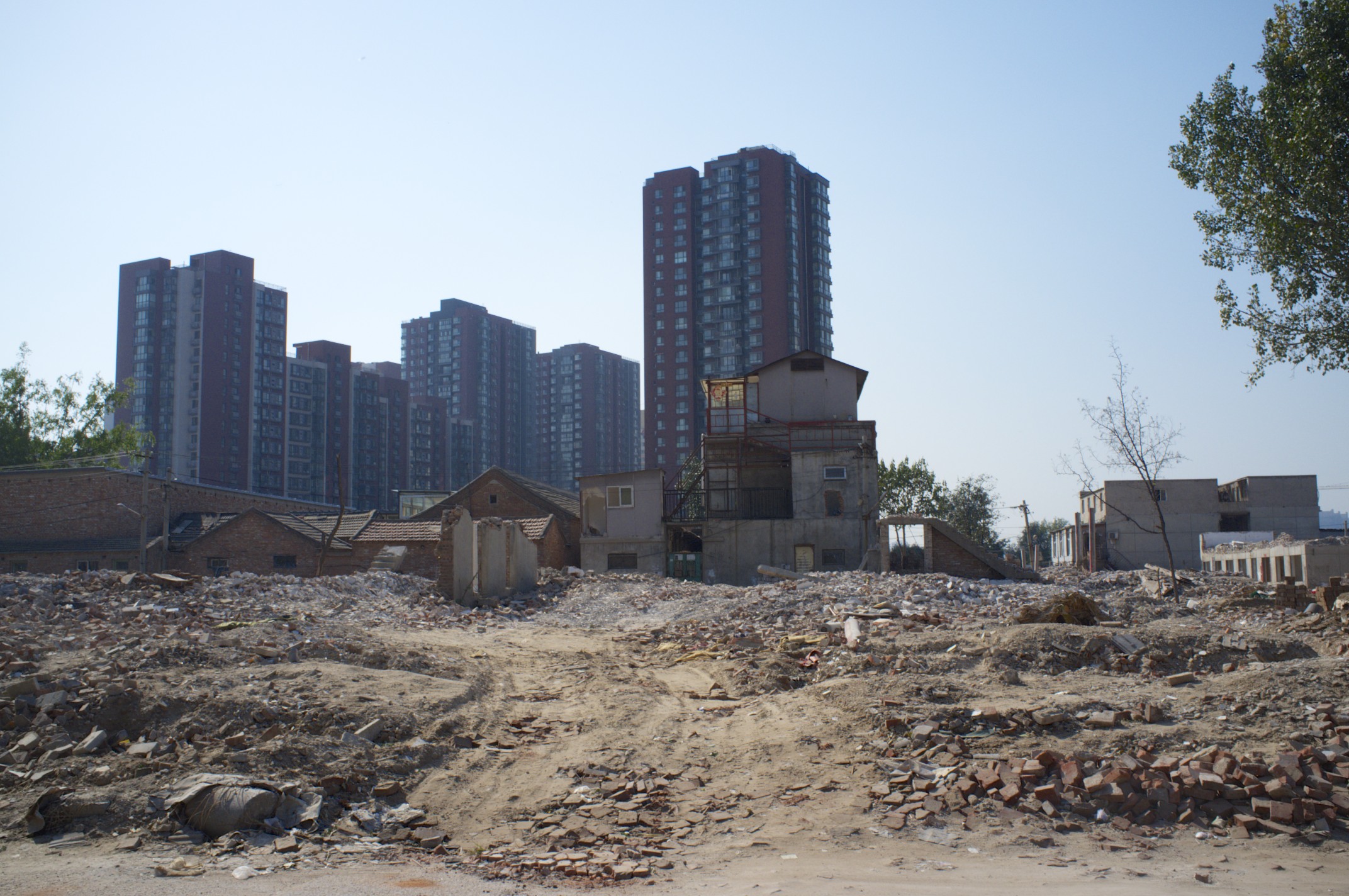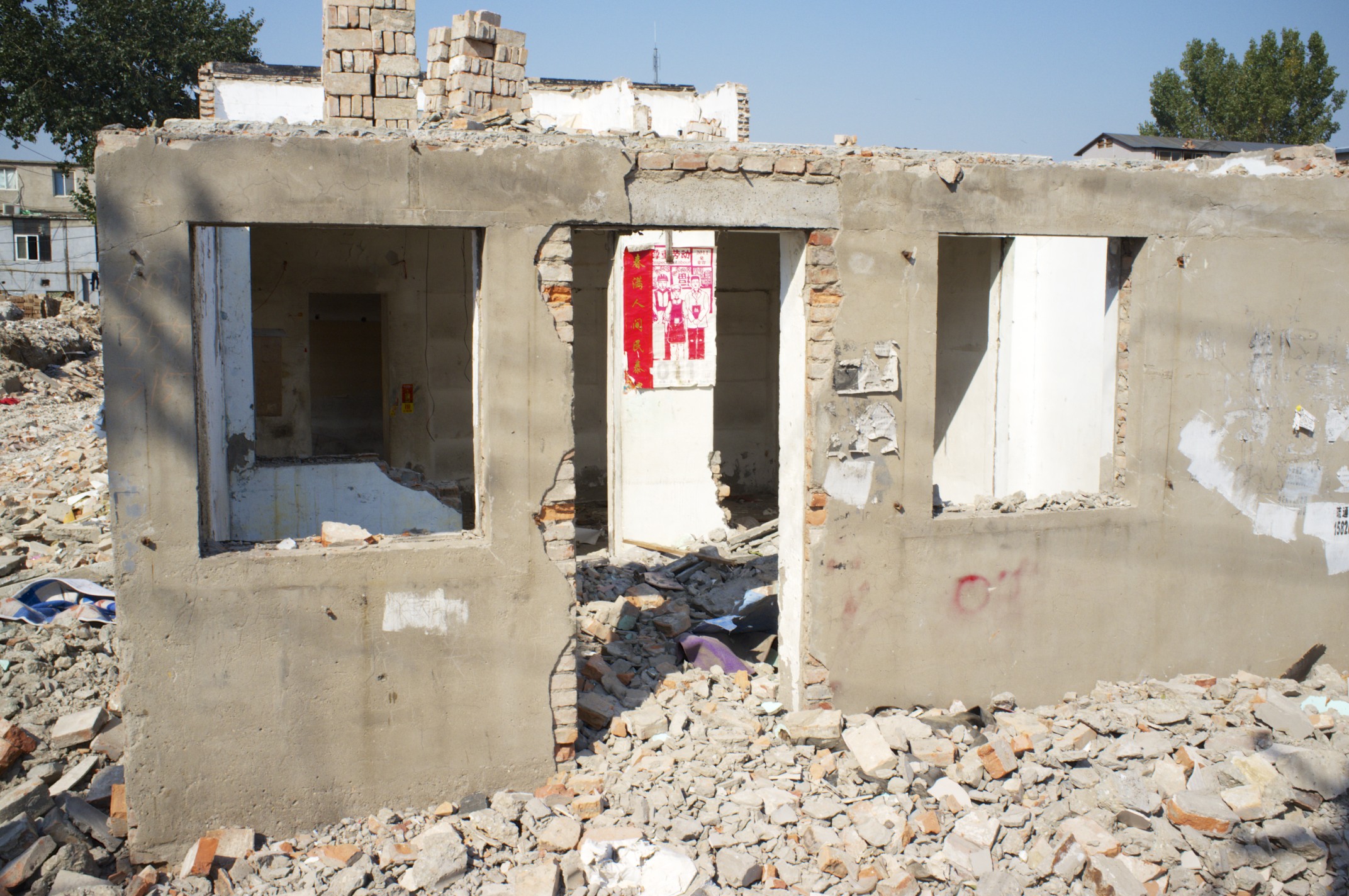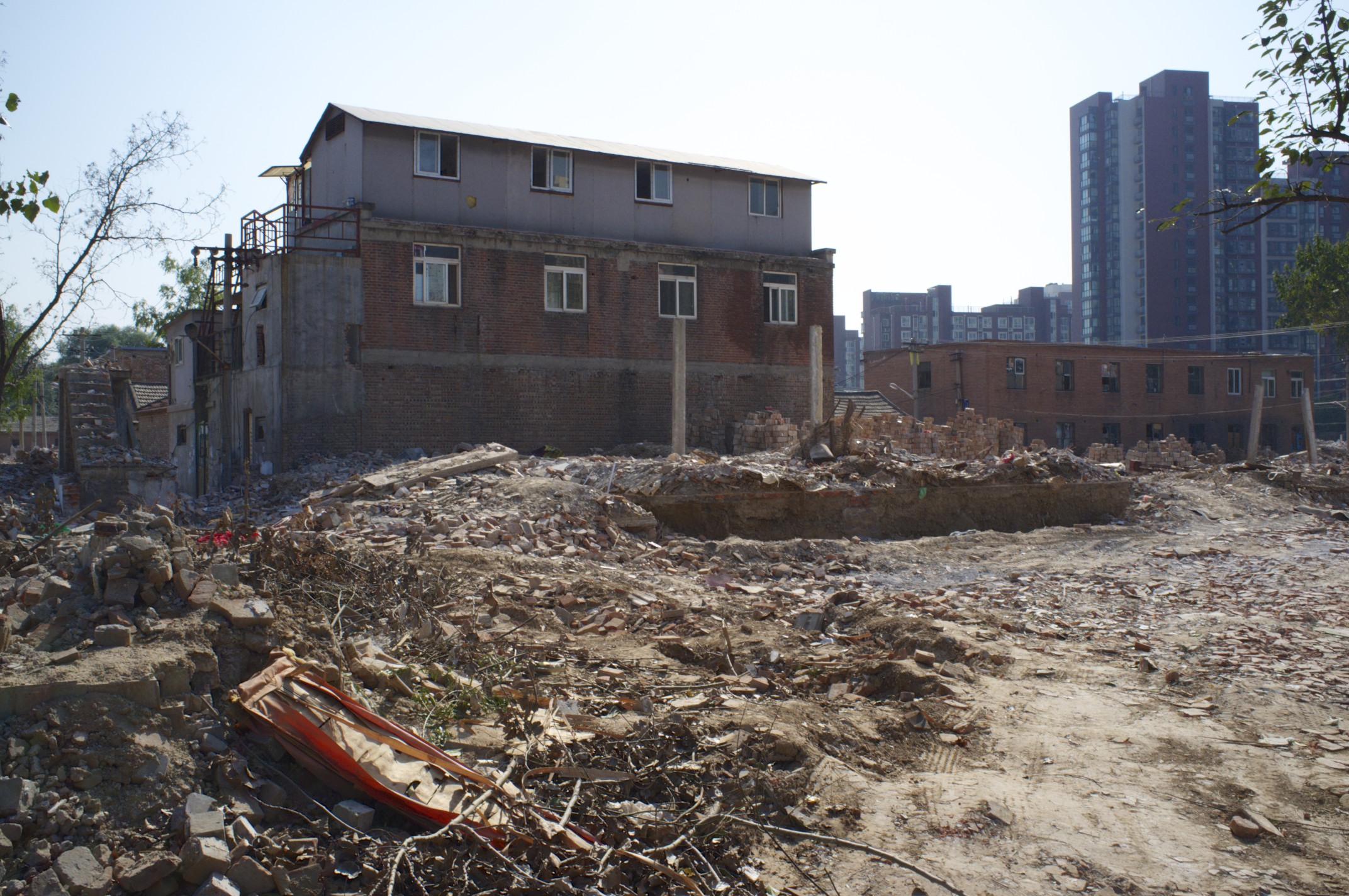Blue sky over Beijing
It has been nearly five years since I was to Beijing last time. And the first thing which surprised me was a week of blue sky. I saw the formerly notoriously polluted city in bright light. And I did have the chance to stay a few days in the Hutongs and re-explore my old places, as also getting to know some new ones.
After this stroll, work took me out to Changping district in the North West of Beijing, close to the Great Wall. There is a large Marriot hotel, very different from the previous Hutong courtyard, which seems to sustain its business mainly by corporate events. My colleague from Ivey University and I were there to support a development programme for partners of a large professional services firm, with input and training on disruption and innovation. There were good discussions, and I enjoy most about Executive Training that it makes a practical impact and secondly that I also learn something myself. It's inspiring both ways.
In the second morning came a colleague from Tsinghua University, Prof. Xudong Gao, and shared his view on the recently fast rise of Chinese innovation. He did his PhD at the MIT, and like all Tsinghua Professors, I have the privilege to know, he was extremely smart. Unfortunately, my Mandarin is not good enough to follow it all. He said a combination of new Chinese entrepreneurs and company innovation are in the drivers, and he quoted a lot of excellent examples. Obviously, he also had to touch on the tense Chinese-American relationship, and he shared my disappointment with Hong Kong.
Changping district is at the 6th ring and is during the week like a ghost town. Some admin work and -7°C kept me inside the colossal hotel, also after the event. And when I saw that my website suffered a bit from cyberattacks since my last two Hong Kongs posts (that's their idea of how "democracy works"), I also decided to fix this and do a significant redesign of the site. It will take a while until everything is in the right place. Please bear with me.


















